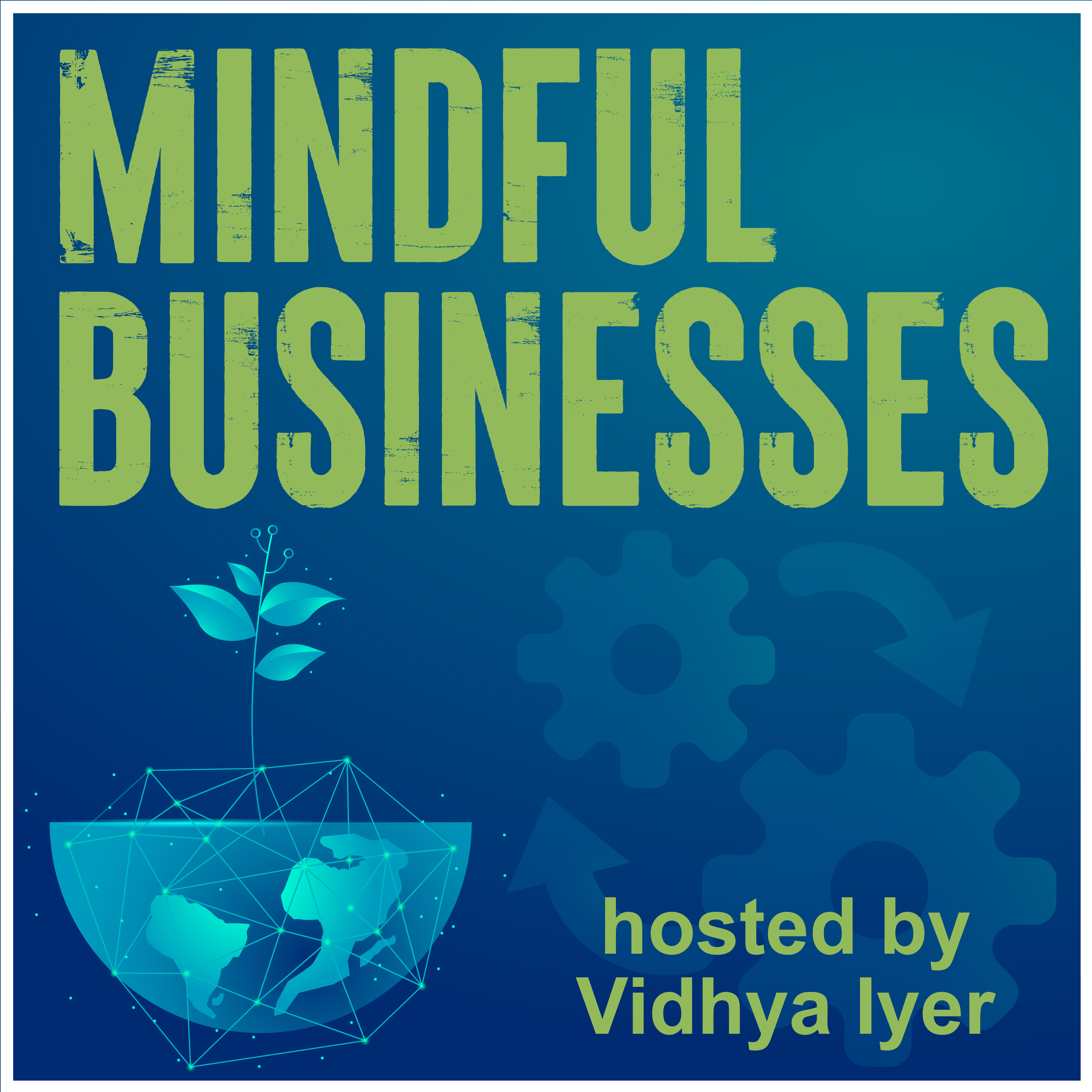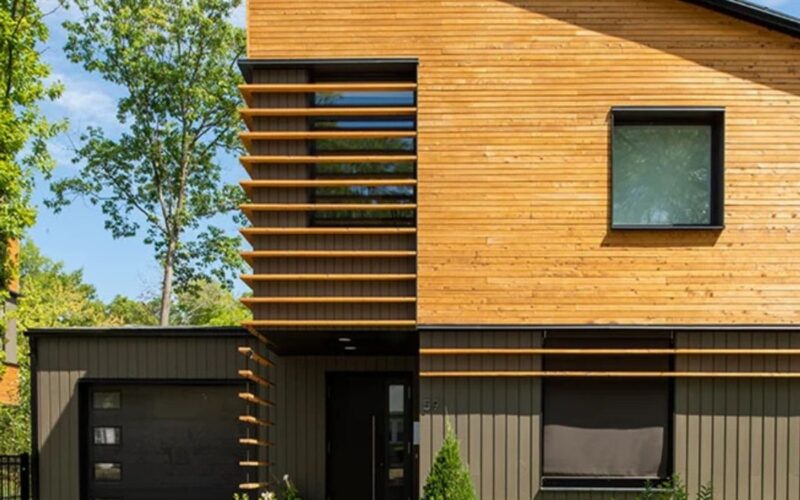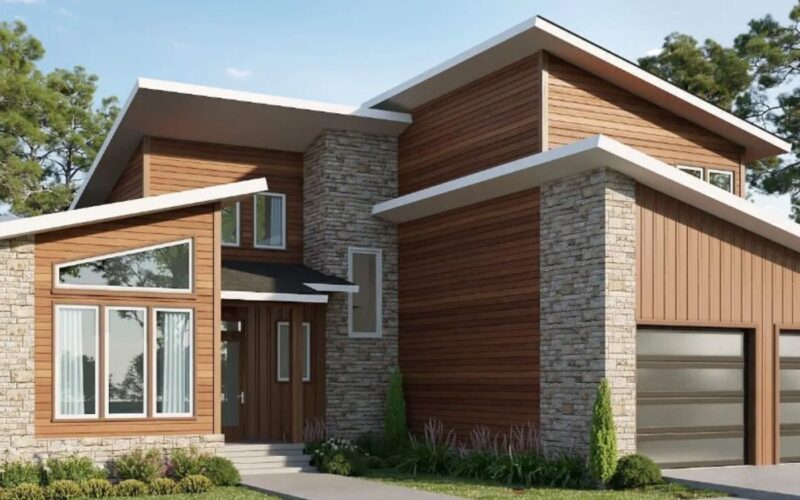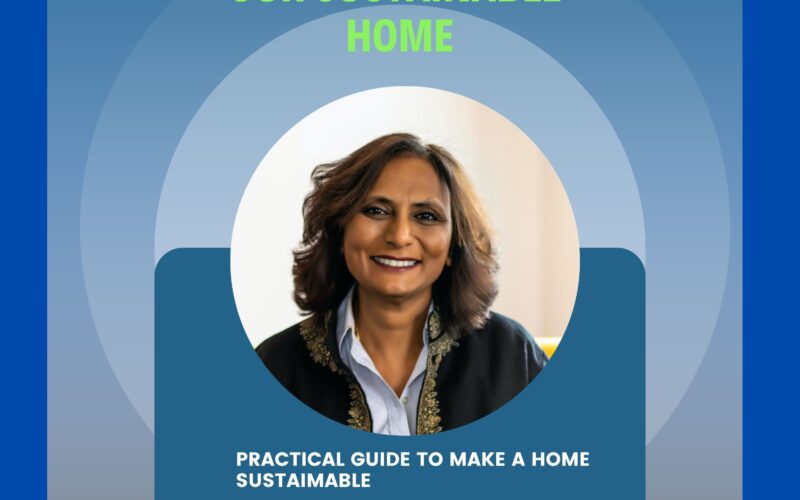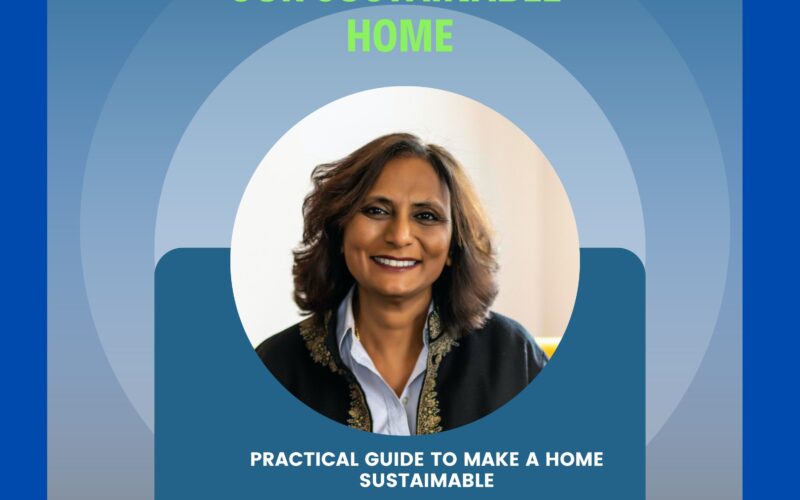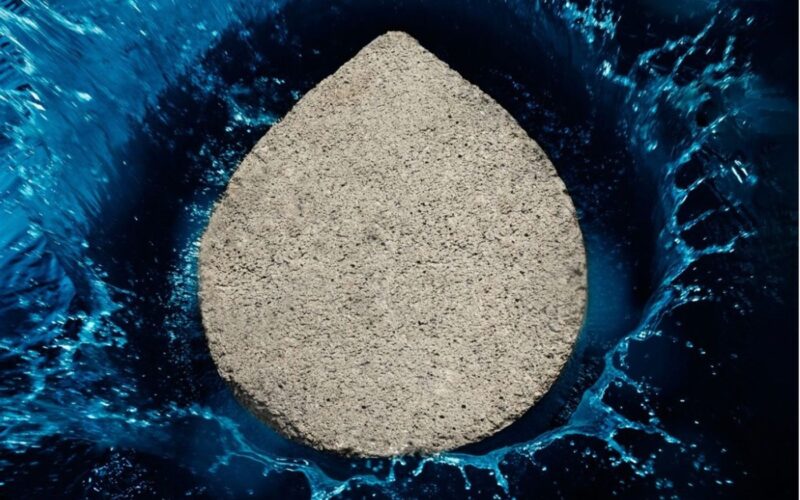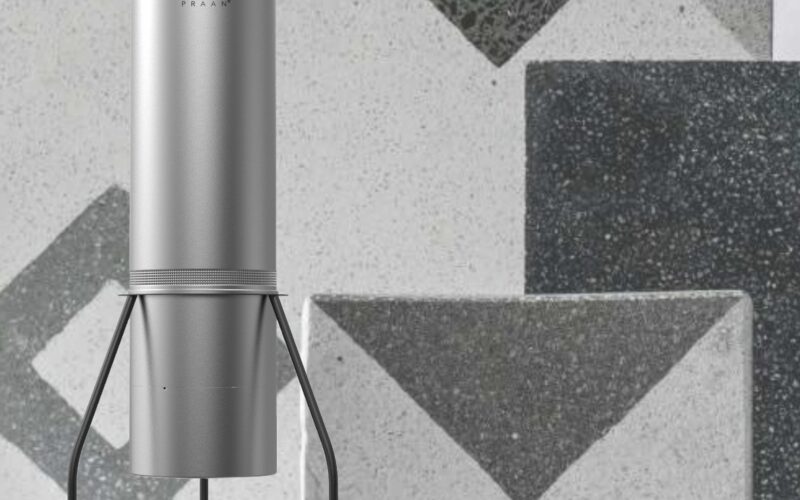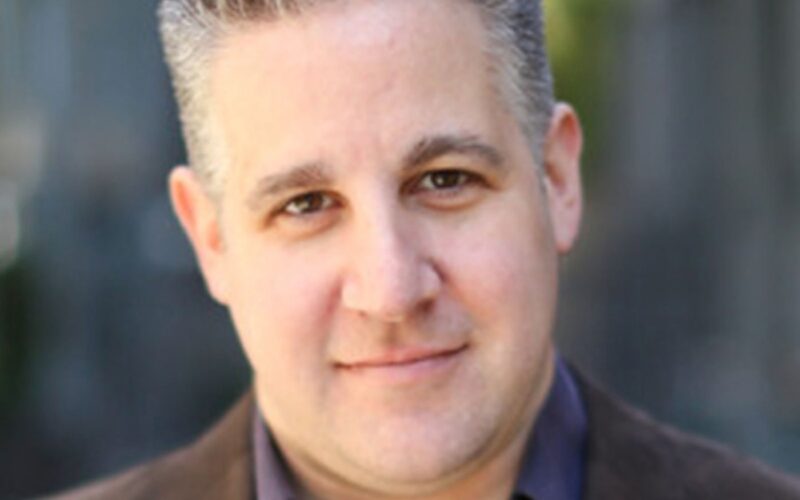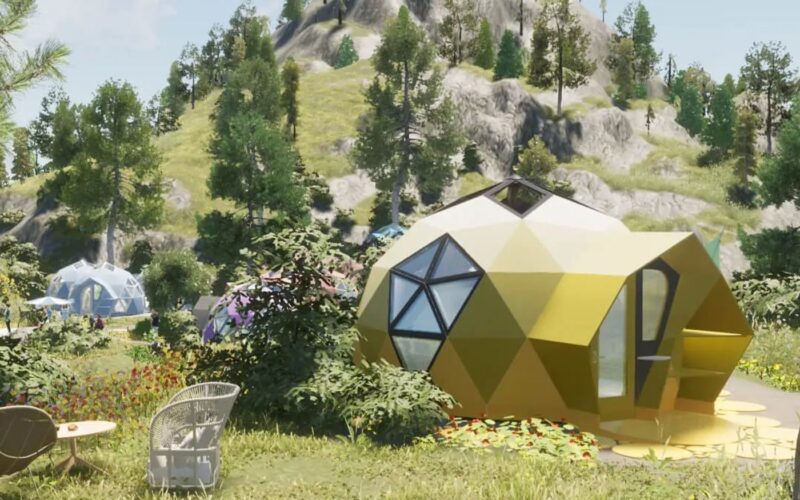6: RODE Architects – Transformative Design Through Collaboration
In this episode we chat with Ben Wan, Principal at RODE Architects about the roles architects can play in reducing the impact of climate change on our planet. Given that over 40% of all energy produced is used to run the buildings, how can architects reduce the energy consumption of these structures is the question we asked Ben. One of the goals is to use sustainable materials, may they be ones made out of recycled materials, easily recyclable, or far more durable than conventional products. We talked in detail about the Brucewood homes, a series of three single-family homes in West Roxbury, nestled into a rocky hillside overlooking the V.F.W. Parkway, – Boston’s first internationally certified Passive Houses and designed by RODE Architects. Massing, orientation and a compact design are the starting points of designing an energy efficient home. The Brucewood homes are airtight and have heavily-insulated shells with the facade R values of 40 with roof R Values of 60 – thus significantly reducing energy usage for heating and cooling all year round.
Fair and just transition is crucial. Sustainable solutions and in this context housing needs to be accessible. RODE Architects, a mission driven firm is now developing 106 units of family-oriented housing in their 52 New Street Project, that plans to be Passive House certified. Learn more in the latest episode of Mindful Businesses.
https://www.rodearchitects.com/
https://mindfulbusinessespodcast.com/
#rodearchitects,
#mindfulbusinesses
#justtransition
#netzerohousing
#passivehouse
#sustainablehousing
#thermalvalue
#passivhaus
Read More

